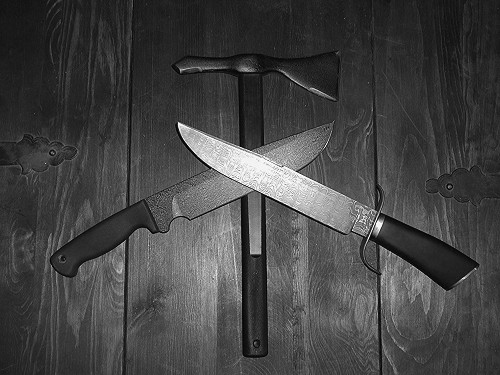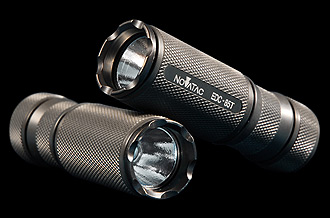When you can't move off the X.....
One of the primary precepts of many martial art and tactical systems is that when one is facing a threat, particularly an armed opponent (and they are all armed, aren't they?) the defender should immediately execute a quick movement off of the spot that they are standing while simultaneously drawing a weapon, perhaps issuing a challenge, and in general preparing for an altercation.
 In the tactical world, this is referred to as "Getting off of the X"; where X marks the spot that you, the target are standing. The assumption is that your opponent has zeroed in with tunnel vision on the place that you are standing with an obsessive fervor - and that manual h2h and projectile attacks will be directed specifically that space that you occupy within the space time continuum. The corollary thought that goes with this is the thought that once you have moved "off of the X" you are now out of the blinding tunnel vision of your opponent. Poof - like magic, you may have just escaped getting run over by that freight train - and in all likelyhood you have become a cause set in motion and created a state change in your opponents mind. With no target to direct the threat to, he is effectively blind to your incident-response movements (running away, drawing down, rushing in and so on).
In the tactical world, this is referred to as "Getting off of the X"; where X marks the spot that you, the target are standing. The assumption is that your opponent has zeroed in with tunnel vision on the place that you are standing with an obsessive fervor - and that manual h2h and projectile attacks will be directed specifically that space that you occupy within the space time continuum. The corollary thought that goes with this is the thought that once you have moved "off of the X" you are now out of the blinding tunnel vision of your opponent. Poof - like magic, you may have just escaped getting run over by that freight train - and in all likelyhood you have become a cause set in motion and created a state change in your opponents mind. With no target to direct the threat to, he is effectively blind to your incident-response movements (running away, drawing down, rushing in and so on).Make sense? If not, please drop a comment and I'll discuss this some more either via the blog or in direct email.
So, here is caveat that struck me during a recent training session: what happens when you simply can't move "Off of the X" to escape the focus of your opponents ire?
Say you are in a crowded subway pinned against a wall between an angry pregnant mother and a yuppie with a Starbucks latte...no where to go.
Strip the yuppie of his coffee and splash it into the opponents face while using the pregnant
mother for cover and stripping her purse for good measure you say?
While that will likely work, AND appeals to my sense of humor, that type of response does not function for the majority of non-felonious individuals interested in this scenario.
The dash off the X typically refers to, and is practiced as a lateral movement off of the X. This
might not be possible in all scenarios! Imagine the above situation in a crowded subway, or perhaps inside of an elevator, or even a densely packed night-club or sporting event.
Something that is often forgotten in martial arts and tactical training is that we occupy 3-dimensional space - which means we can not only move side to side like a foozeball player,

but also move in different directions.
1) up: jump, grab onto something and swing
2) down: crouch, dive roll
3) dive
a) forward into the opponent (which has it's place)
b) behind cover (people ARE cover)
4) backwards: falling, dropping back, or simply shifting weight distribution
5) Create cover by moving others in between yourself and the threat.
6) Crash their OODA loop by applying a flashlight (with with lumens to their eyes or the bezel to their temple), your briefcase, or perhaps turning that latte into a projectile.
Why don't we practice this kind of stuff more?
Answer 1: Control and safety on a range or in a MA school rarely allow for free flowing experimentation. More to the point.....
Answer 2: All schools have a certain set of morays, scenarios rules, and value systems that they function within - and at the WCC, we refer to this as their "Schemic Vision" aka theiur perception of reality. Training is training, and there is great value in drills and methodologies. However, combat is a different thing altogether and great warriors fight in asymmetrical manners.
Answer 3: Given Answer 2, the next sad reality is that once students start playing with alternative responses to threat scenarios, they may realize the thousands they have spent on a black belt of some specialized ninja-tactics course could have been better utilized purchasing training tools and actually thinking about the problems they were attempting to solve.
The antidote to such tomfoolery is doing legitmate force on force training with non-lethal technologies like SIMS, Airsoft, and shock-knifes. Play with different scenarios, and see if your method works. Nothing like learning how to reindex your pistol while sprinting behind the cover of a Juniper shrub AND getting your hits.
So, rather than spending 170 bucks on a remake of an Emerson ECQ ninjitsu training blade, put 20 bucks onto a Starbucks card and carry around a lethal beverage instead.

